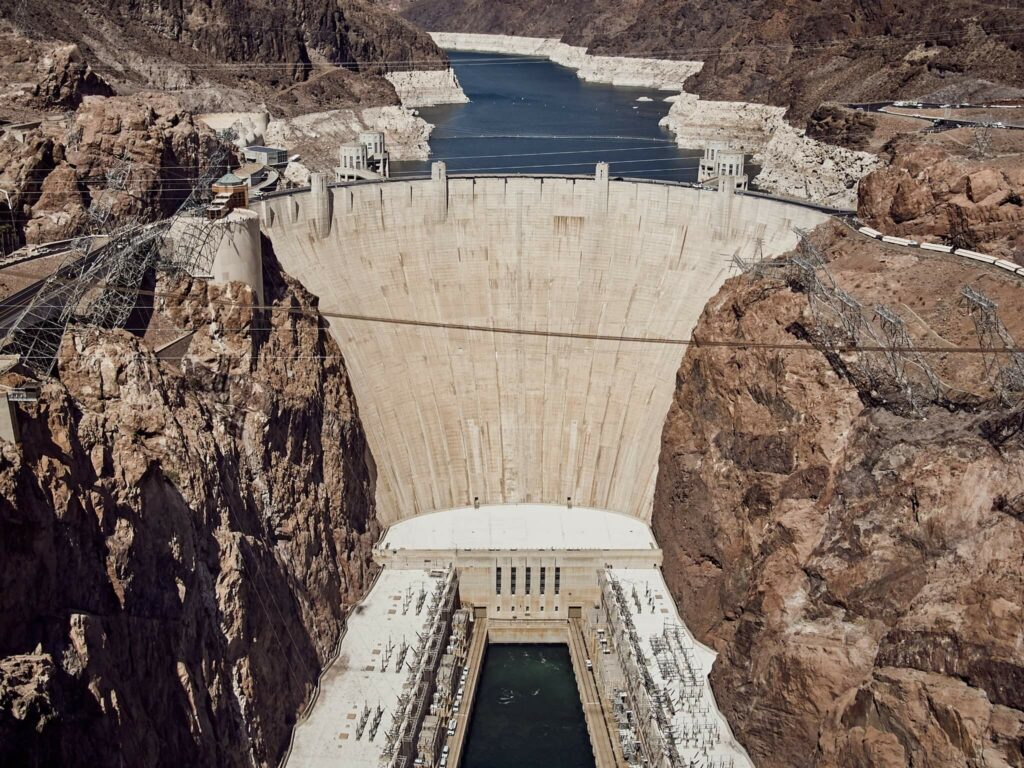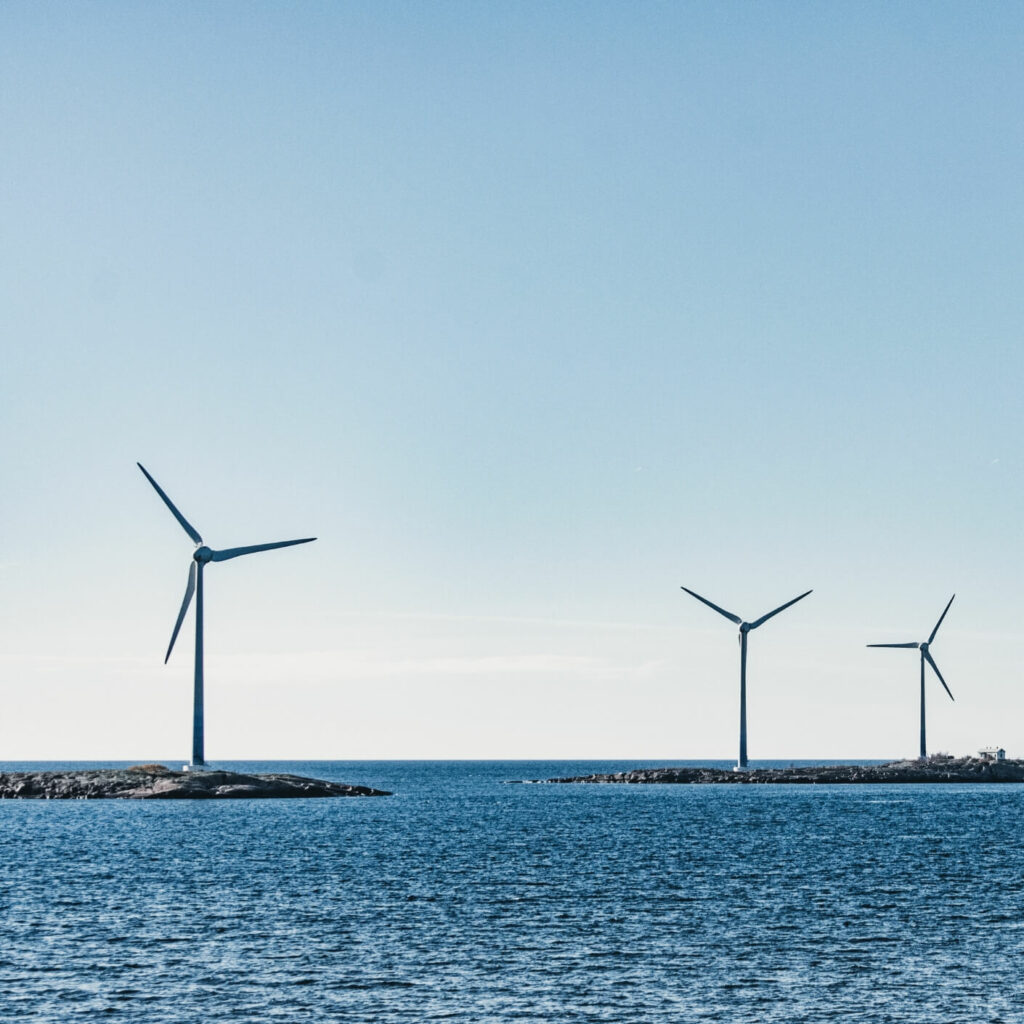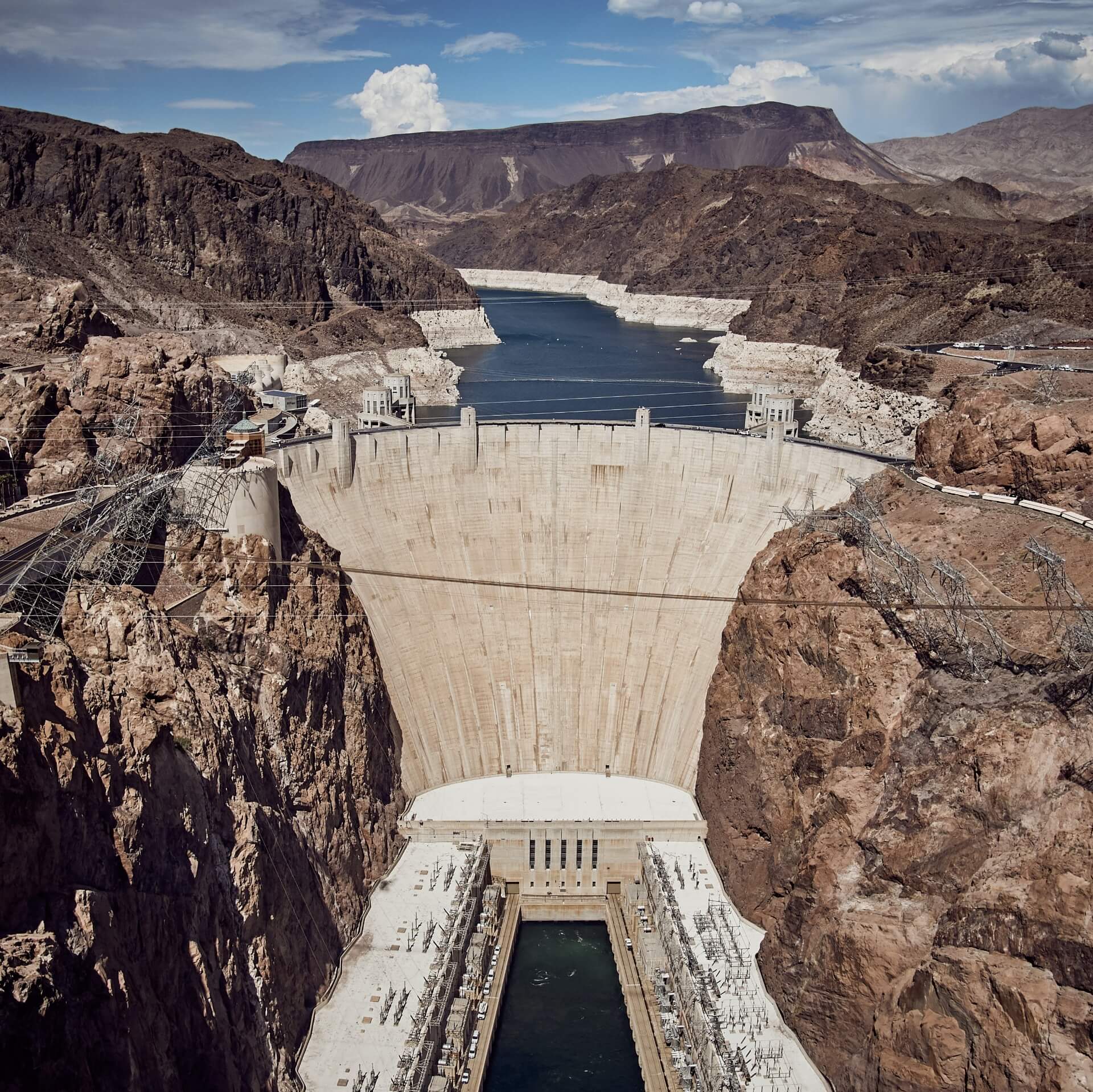Hydroelectric Energy: A Renewable Energy Guide
Hydroelectric Energy is the biggest source of renewable power in the world, contributing 71% of renewable electricity.
Not sure what exactly hydroelectric energy is, or how it can benefit your home and the planet as a whole? Follow our guide to learn everything you need to know about the clean, renewable, green energy source.
What is hydroelectric energy?
The term ‘hydro’ is of Greek origin, meaning water. Therefore, hydroelectricity is simply electric power generated through the water.
Moving water has been used for many years to generate power, and in more recent times, it has grown to become the leading source of renewable electric energy.
The largest hydro plants are currently located in China, Brazil, Russia, Canada and the US.

How does hydroelectricity work?
Hydroelectric energy is power generated through the power of flowing water, which spins a turbine connected to an electric generator.
Due to water’s predictable nature, hydropower is actually one of the most dependable and reliable sources of renewable energy.
Hydro generators can vary tremendously in size, ranging from as small as 50kw up to a whopping 2,000kw, like the Hoover Dam.
Usually, a hydropower system is constructed via three elements;
- a power plant from which the electricity is produced
- a river or dam that can be opened and closed to control the flow of water
- and finally some form of the reservoir in which the water can be stored
With such a simple yet innovative system in place, you have a great level of control on the flow of energy, which is of course a huge advantage, particularly if you are using it with other renewable energy sources such as wind power or solar panels.

How sustainable and renewable actually is hydropower?
In 2017, thanks to hydropower replacing coal in many countries, “the world prevented up to 4 billion tonnes of greenhouse gases – and avoided a 10 per cent rise in global emissions from fossil fuels,” reports Hydropower.org.
In total that year, there was enough hydropower electricity generated to provide electricity for one billion people.
While hydropower creates free, stable and clean energy, there are a few criticisms of this renewable energy source, one being that the initial construction of the large-scale plants can be costly and can potentially disrupt ecosystems and local surrounding communities.
What are the different types of hydroelectric energy?
1. Storage Hydropower
Electricity-powered through the release and flow of water from a large reservoir using a dam system. The water surges through a turbine, which is then used to provide power towards the generator.
2. Run-of-river hydropower
This system utilises the power generated from the flowing water of a canal or penstock to activate a turbine. Generally, these systems do not entail a storage facility, unlike the storage hydropower. Run-of-river systems are particularly useful for continuous, steady supplies of power.
3. Pumped-storage hydropower
Gathering power from water that is pushed between lower and higher reservoirs using pumps powered by surplus energy. When demand is high, the turbines release water from the upper reservoir down below to produce power.
4. Offshore hydropower
A hydropower energy source that uses the power of waves and currents to produce electricity from the oceans. It is not unusual for these four technologies to sometimes overlap and entwine in bigger, more varied hydropower systems.


